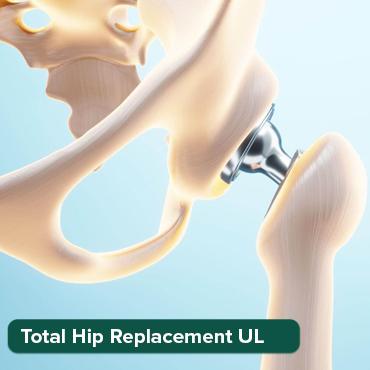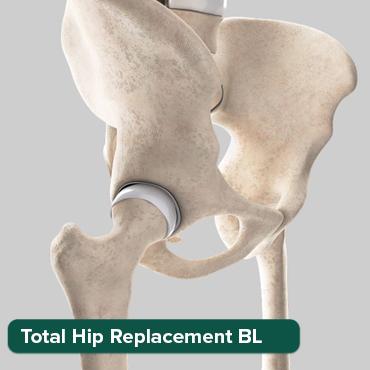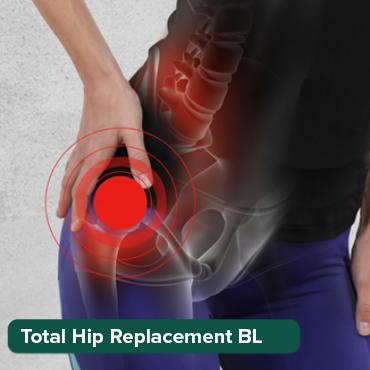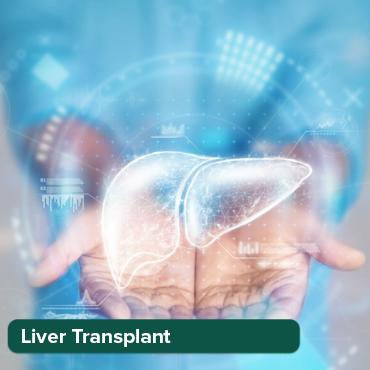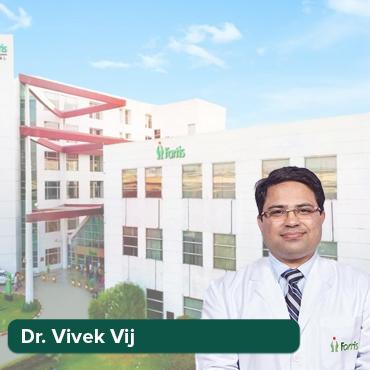
VP Shunt Surgery: What to Expect During the Procedure
05 Dec, 2024
 Healthtrip
HealthtripWhen it comes to treating hydrocephalus, a condition characterized by an abnormal accumulation of cerebrospinal fluid in the brain, VP shunt surgery is often the most effective solution. This procedure involves the implantation of a device that helps drain excess fluid from the brain, relieving pressure and alleviating symptoms. If you or a loved one is scheduled to undergo VP shunt surgery, it's natural to have questions and concerns about what to expect during the procedure. In this article, we'll delve into the details of VP shunt surgery, exploring the steps involved, potential risks, and what you can expect during the recovery process.
What is VP Shunt Surgery?
VP shunt surgery, also known as ventriculoperitoneal shunt surgery, is a neurosurgical procedure designed to treat hydrocephalus. The goal of the surgery is to divert excess cerebrospinal fluid from the brain to another part of the body, where it can be absorbed. The VP shunt is a device consisting of a catheter, valve, and reservoir, which works by draining fluid from the ventricles of the brain into the abdominal cavity.
Most popular procedures in India
Why is VP Shunt Surgery Necessary?
Hydrocephalus can occur at any age, although it's most common in infants and older adults. The condition can be caused by a variety of factors, including genetic disorders, head trauma, infections, and tumors. If left untreated, hydrocephalus can lead to severe complications, including cognitive impairment, vision loss, and even death. VP shunt surgery is often the most effective way to manage the condition, providing relief from symptoms and improving quality of life.
Wellness Treatments
Give yourself the time to relax
Lowest Prices Guaranteed!

Lowest Prices Guaranteed!
The VP Shunt Surgery Procedure
The VP shunt surgery procedure typically takes several hours to complete, and is performed under general anesthesia. The surgery involves several steps:
Step 1: Preparation
Before the surgery, your surgeon will clean and shave the areas of your scalp where the incisions will be made. You'll be positioned on the operating table, and anesthetic will be administered to ensure you're comfortable throughout the procedure.
Step 2: Incision and Catheter Placement
The surgeon will make an incision in your scalp, usually behind the ear, and create a small hole in the skull. The catheter is then inserted into the ventricle of the brain, and guided through the brain tissue to the area where the fluid accumulation is most pronounced.
Step 3: Valve and Reservoir Placement
The valve and reservoir are implanted under the skin, usually behind the ear or in the abdominal wall. The valve regulates the flow of fluid, while the reservoir collects the drained fluid.
Step 4: Tunneling and Connection
The catheter is then tunneled under the skin, from the brain to the abdominal cavity, where it's connected to the valve and reservoir.
Risks and Complications
As with any surgical procedure, VP shunt surgery carries some risks and complications. These may include infection, bleeding, and shunt malfunction. In some cases, the shunt may need to be revised or replaced. Your surgeon will discuss the potential risks and benefits of VP shunt surgery with you, helping you make an informed decision about your treatment.
What to Expect After Surgery
After the procedure, you'll be taken to the recovery room, where you'll be monitored for several hours. You may experience some discomfort, pain, or swelling, which can be managed with medication. You'll need to rest and avoid strenuous activities for several weeks, allowing your body to heal.
Recovery and Follow-Up
The recovery process for VP shunt surgery can take several weeks to several months. You'll need to follow a strict regimen of rest, medication, and follow-up appointments with your surgeon. It's essential to attend all scheduled appointments, as this will enable your surgeon to monitor your progress and make any necessary adjustments to your treatment plan.
Why Choose Healthtrip for VP Shunt Surgery?
At Healthtrip, we understand the importance of accessing quality, affordable medical care. Our team of experienced surgeons and medical professionals are dedicated to providing personalized care, ensuring you receive the best possible outcome from your VP shunt surgery. With our state-of-the-art facilities and cutting-edge technology, you can trust that you're in good hands. Contact us today to learn more about our VP shunt surgery services and take the first step towards a healthier, happier you.
Related Blogs

Patient Satisfaction Scores for Plastic Surgery at Healthtrip Partner Hospitals
Explore evaluations, innovations, hospital comparisons, and global success insights for

How to Choose the Right Hospital for Plastic Surgery Using Healthtrip's Criteria
Explore evaluations, innovations, hospital comparisons, and global success insights for

Latest Global Innovations in Plastic Surgery Now Available in India
Explore evaluations, innovations, hospital comparisons, and global success insights for

How Healthtrip Ensures Evidence-Based Care in Plastic Surgery
Explore evaluations, innovations, hospital comparisons, and global success insights for
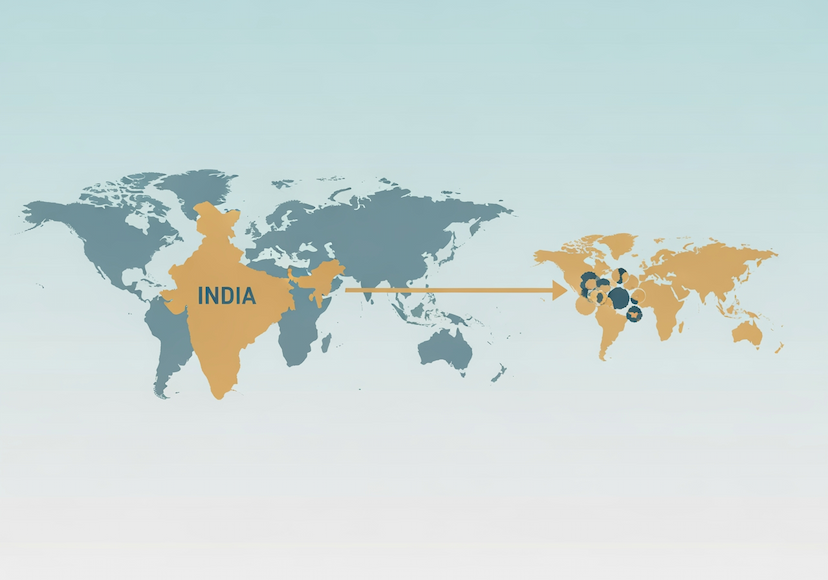
Success Rates of Plastic Surgery in India Compared to Other Countries
Explore evaluations, innovations, hospital comparisons, and global success insights for

Complete Medical Evaluation Process Before Plastic Surgery
Explore evaluations, innovations, hospital comparisons, and global success insights for
